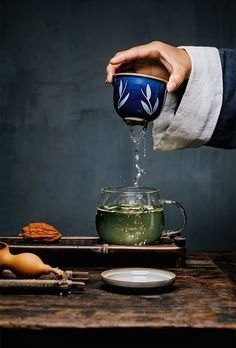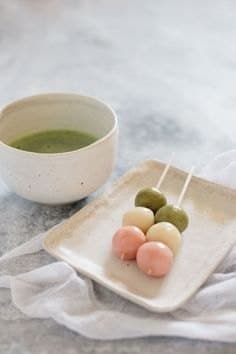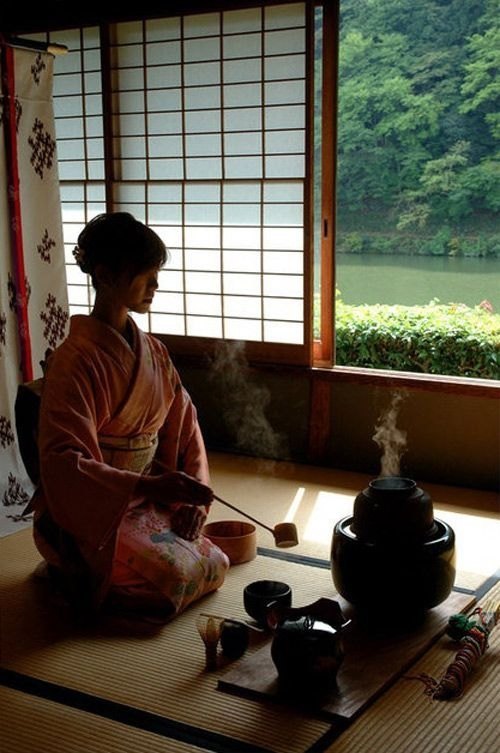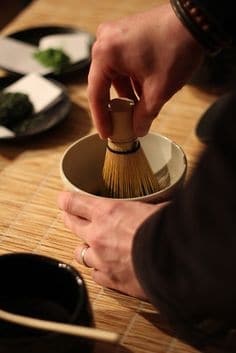Both in China and Japan, tea is a staple beverage. This is because tea is a nutritious and healthy beverage.
When talking about Chinese tea, we usually think of it as green tea. In fact, there are many types of tea, depending on the time of harvest and the place where the tea leaves are stored. Chinese tea is divided into white tea, green tea, oolong tea, and black tea.
Different types of tea are processed differently. For example, white and green teas are heated to preserve their antioxidants. Oolong and black teas are fermented, allowing them to be partially oxidized, while black teas are fully oxidized.


In contrast , Japanese green tea is freshly picked and steamed to stop oxidation, resulting in a beautiful green color and natural flavor. Since the leaves are not fermented, they retain a high percentage of phenolic compounds, making them more potent than other types of tea. When ground into a powder, matcha powder is commonly used in tea ceremonies and confectionery.

In addition to differences in production methods, the way tea is served between Chinese and Japanese tea is also different. In China, most tea houses use large teapots. When guests arrive, tea leaves are placed in the pot and hot water is poured into them. Once the tea has steeped to its desired aroma and color, it is then poured into cups for guests to drink. However, some localities in China, such as Zhangzhou in Fujian Province, have a traditional Chinese tea ceremony, featuring a set of teapots and special tea brewing methods. This has resulted in a unique local tea art.

In Japan, the tea ceremony has a traditional style that developed under the influence of Zen Buddhism. The steps and methods of brewing tea are more delicate than in China, including the selection of cups and bowls, the way to sit and brew tea, and the scooping of water for brewing tea. It is usually served with wagashi, small sweet snacks that are eaten with tea to cut the richness. The purpose can explain the true heart of the tea ceremony with 5 principles: 1. Simplicity 2. Purity 3. Harmony 4. Tranquillity 5. Beauty Read more at https://matchazuki.com/สะโด-เทียนที่เฉลย/
Whether you’re a Chinese or Japanese tea drinker, both types of tea offer similar benefits. So, cut back on sugary drinks and enjoy healthy tea instead.
Come experience the taste of authentic Japanese green tea at https://matchazuki.com/shop/
Source
http://dofire.bestnailideas.com/image.php?id=454524
https://www.chopstickchronicles.com/sanshoku-three-colour-dango/
http://neredennereye190696.weblobi.net/image.php?id=561147
https://www.pinterest.com/pin/657033033123464205/
https://journal.pim.ac.th/uploads/content/2017/12/o_1c2bpm19o16itkenbpr6kn130ga.pdf
Article from: Fuwafuwa



